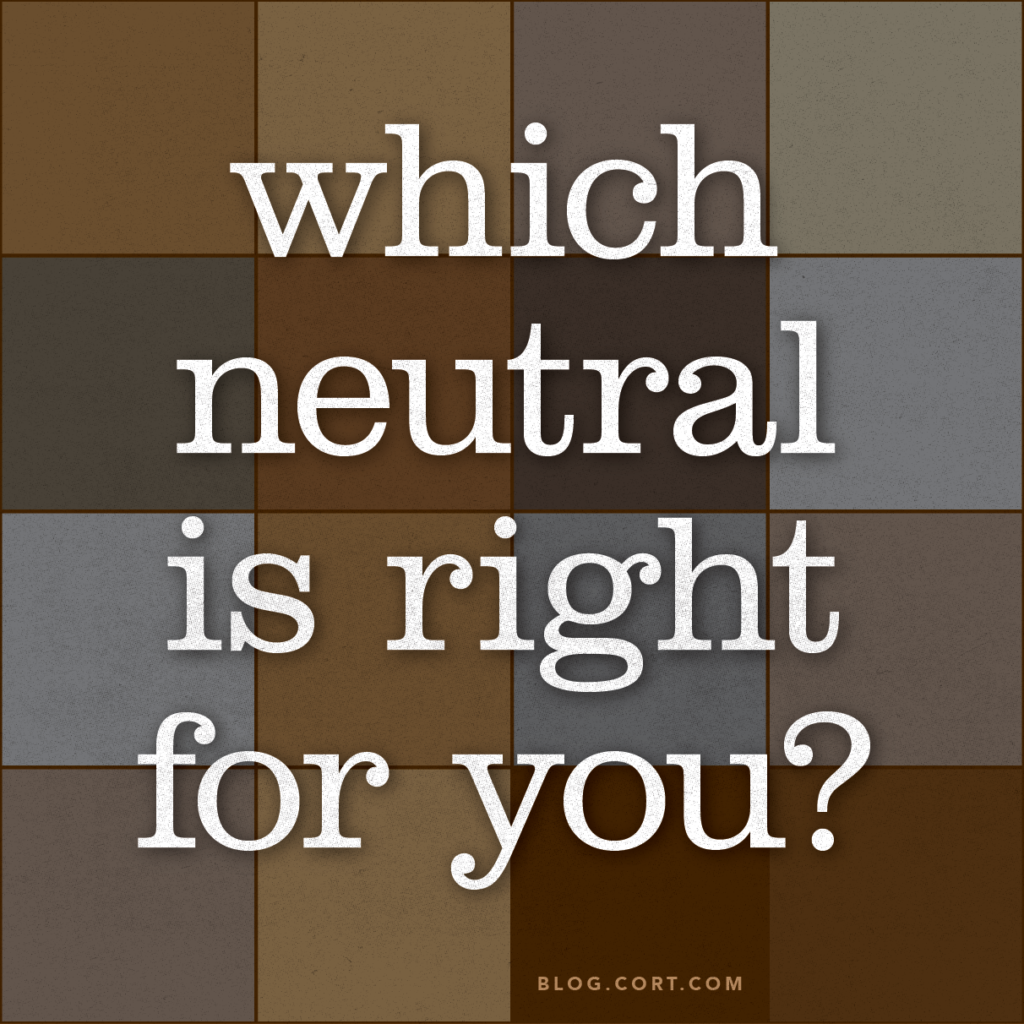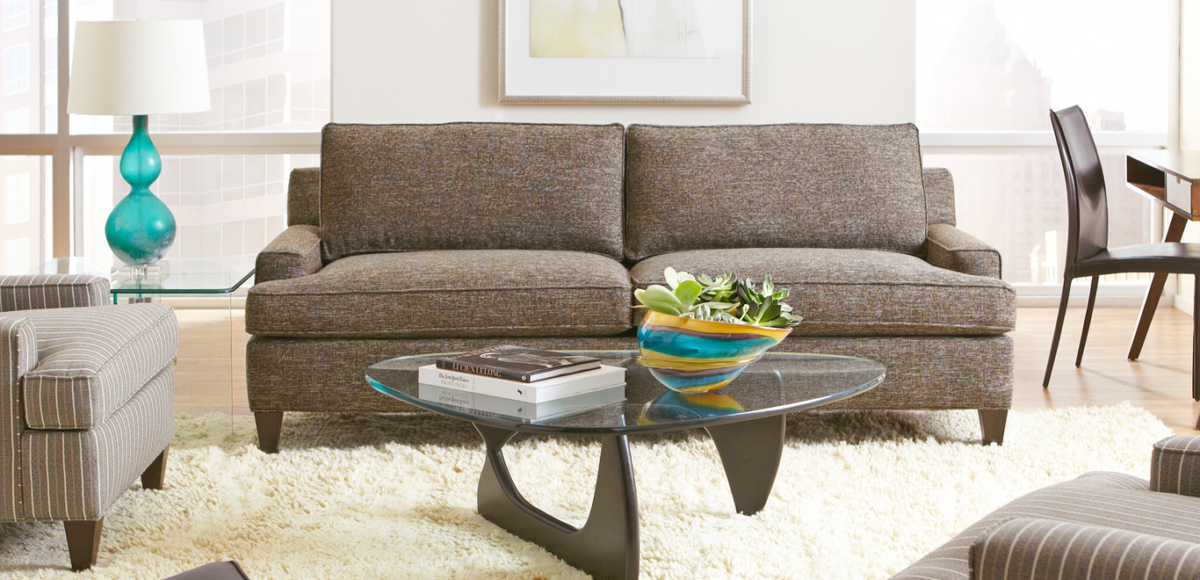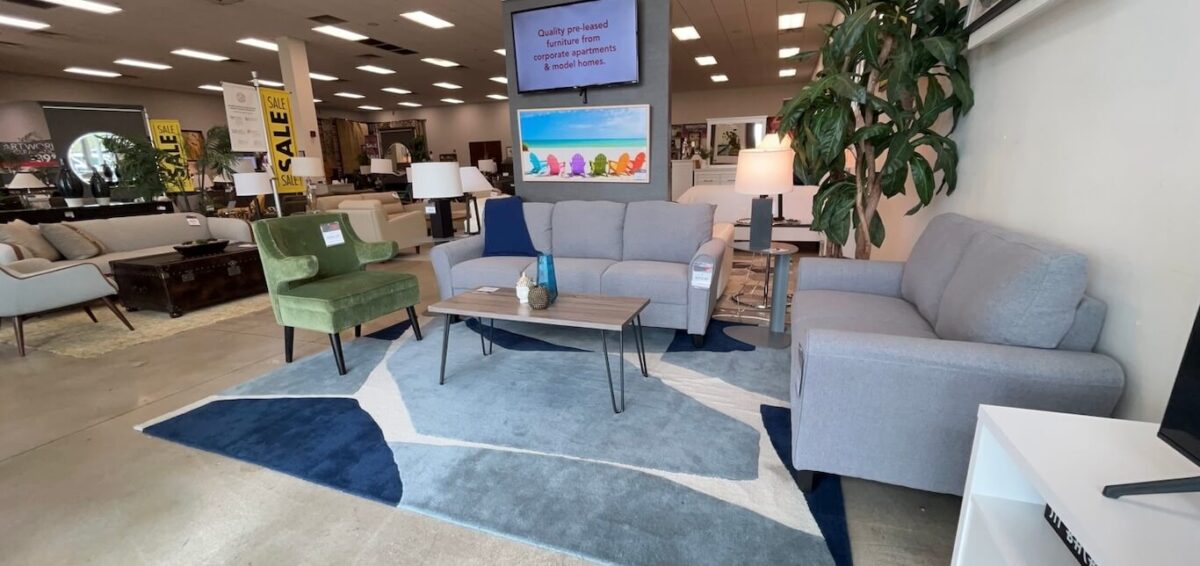When it comes to interior design, there are a lot of gray areas — in more ways than one. These days, there are a lot of different shades of gray to fill all those areas. In fact, gray has dominated the neutral color palette for several years, replacing beige as the go-to neutral for those seeking a new look for their surroundings.
With a large range of undertones, gray is versatile, reliable, and flexible enough to play well with just about every color on the spectrum. There’s even a “greige” trend that combines the gray and beige hues to create a distinctive tone. However, the era of gray could be changing.
“Gray is still popular and has been for the last several years,” says Sue Wadden, director of color marketing at Sherwin-Williams, “but grays are now in the midst of a warming trend. Taupes, browns, and even sandy pinks are emerging as top neutrals.”
As further evidence of the rise of other neutrals, Sherwin-Williams’ selection for the 2017 Color of the Year is Poised Taupe. “It’s a good representation of the new, warmer, gray-toned neutral,” Wadden says.

A Splash of Brilliance
Design trends come and go, and neutrals have long been a driving force in home design, but more color could be finding its way onto walls. That doesn’t mean it’s time to toss subdued neutrals out the window, though. In fact, the recent National Painting Week Color Psychology Study, conducted by Harris Poll on behalf of Sherwin-Williams, found that although a growing number of people are willing to experiment with bright, vibrant colors, many still want to play it safe with a neutral color palette.
This is due in part to the need to create an appealing balance, even if you want to go big and bold with a bright color. A bright red room could feel overwhelming on its own, but a bright red wall with complementary neutral walls and the right accessories can create the exact ambience you want. Design experts often suggest using neutrals on fixed or larger items with greater longevity — such as sofas and walls — and using bright colors as an accent. It’s all about finding the right neutral for your space.
Finding “the One”
To find the perfect tone, Diana Hathaway, an interior designer and color expert at GorgeousColor.com, suggests expanding your idea of what “neutral” means. “A neutral color is any color that doesn’t show a predominant undertone and works with a variety of other colors,” she explains. “This is why many colors can be considered neutral, beyond the usual beige or white. Often, it’s how you use a color that can make it neutral.”
With so many different choices of neutral tones, narrowing down your options can seem overwhelming. It’s no surprise that more than half of all millennials surveyed by Sherwin-Williams said they would want to seek help from a color or design professional to find the right colors for them.
The selection of the right neutral for your space goes beyond finding one that catches your eye; the color also needs to work well with the other colors in the room. “Cooler neutrals, such as light beige and light gray, tend to look best with cooler colors, such as blue, green, and purple,” Wadden explains. “Warmer colors look stunning next to dark neutrals, such as navy and charcoal.”
Some neutrals, such as off-whites and creams, are more versatile and work well with both cool and warm colors. Wadden adds that sometimes breaking the rules also works. “The best route is simply to test your preferred accents and neutrals together. You may be pleasantly surprised with an unexpected combination.”
Playing Well Together
Hathaway cautions that adding neutrals is also about the undertones. Different shades have different undertones that can change how well they work with other colors. “Neutral colors are made by mixing colors together, which means one color may be more obvious,” she says. “The undertone of your neutral color ‘pops’ when you put it up against another color.”
This concept explains why your neutral beige wall may suddenly take on a green or pink tinge when you add a brown couch to the mix. It’s also the reason you should take colors for a test drive in the intended space. “Always sample any colors in your space before committing to them,” Hathaway says.
One more thing to consider with neutral tones is your lighting, which can bring out certain tones or change how a color looks on the wall. “Lighting can play a big role in color selection,” Wadden says. “After applying a sample to your wall, pay attention to how a color looks in the morning with natural light and into the evening with florescent or LED lighting.”
Once you find the right color scheme for your space, you can turn to flexible options like CORT Furniture Rental to find the right furniture and accent pieces for your home.






